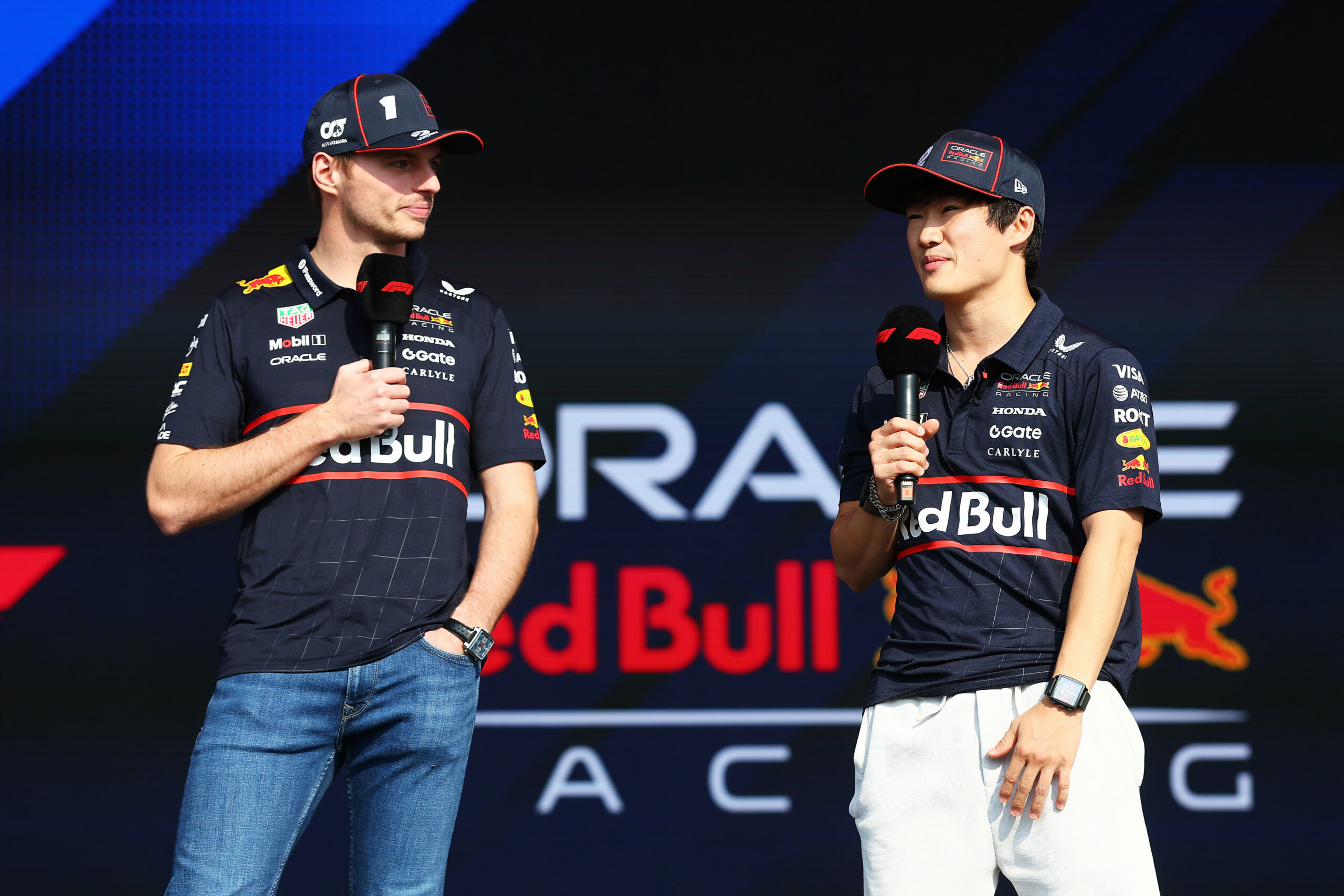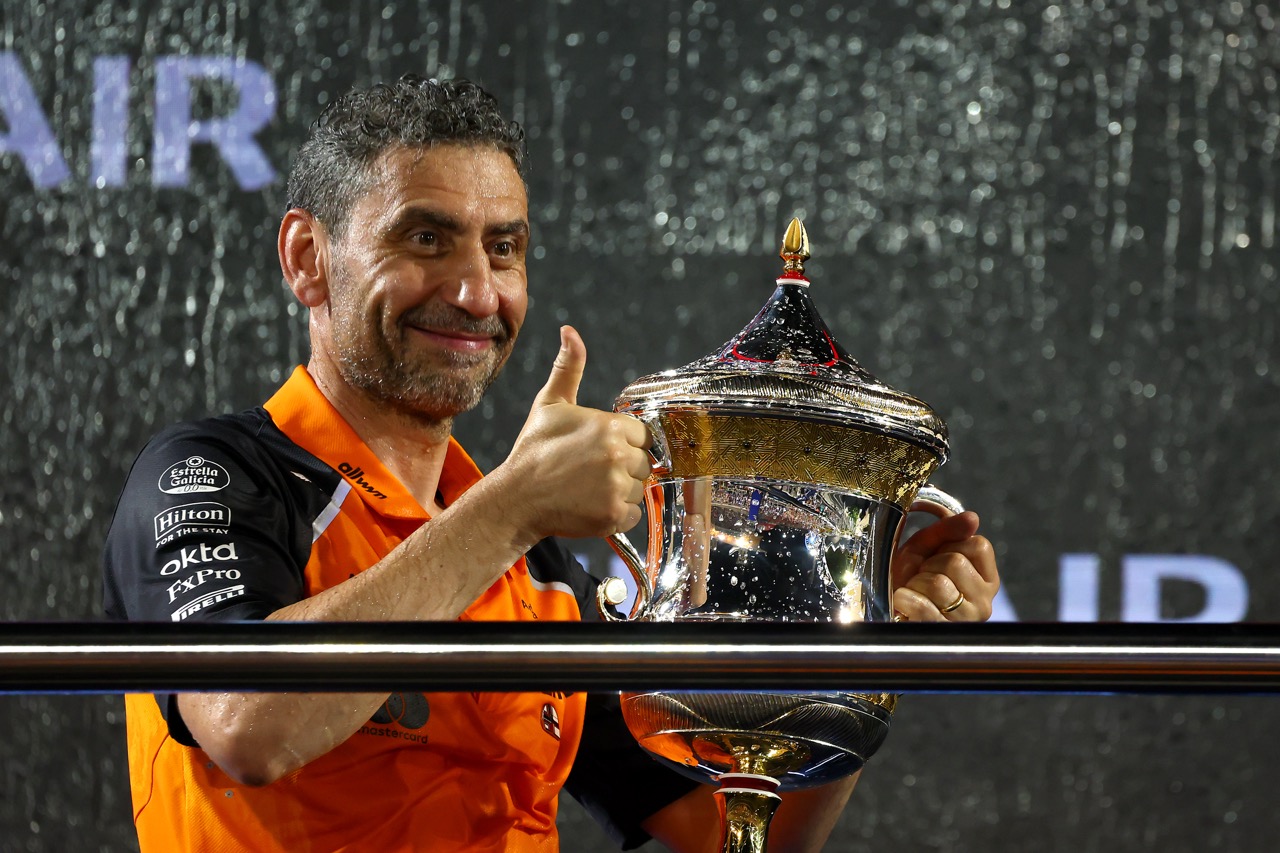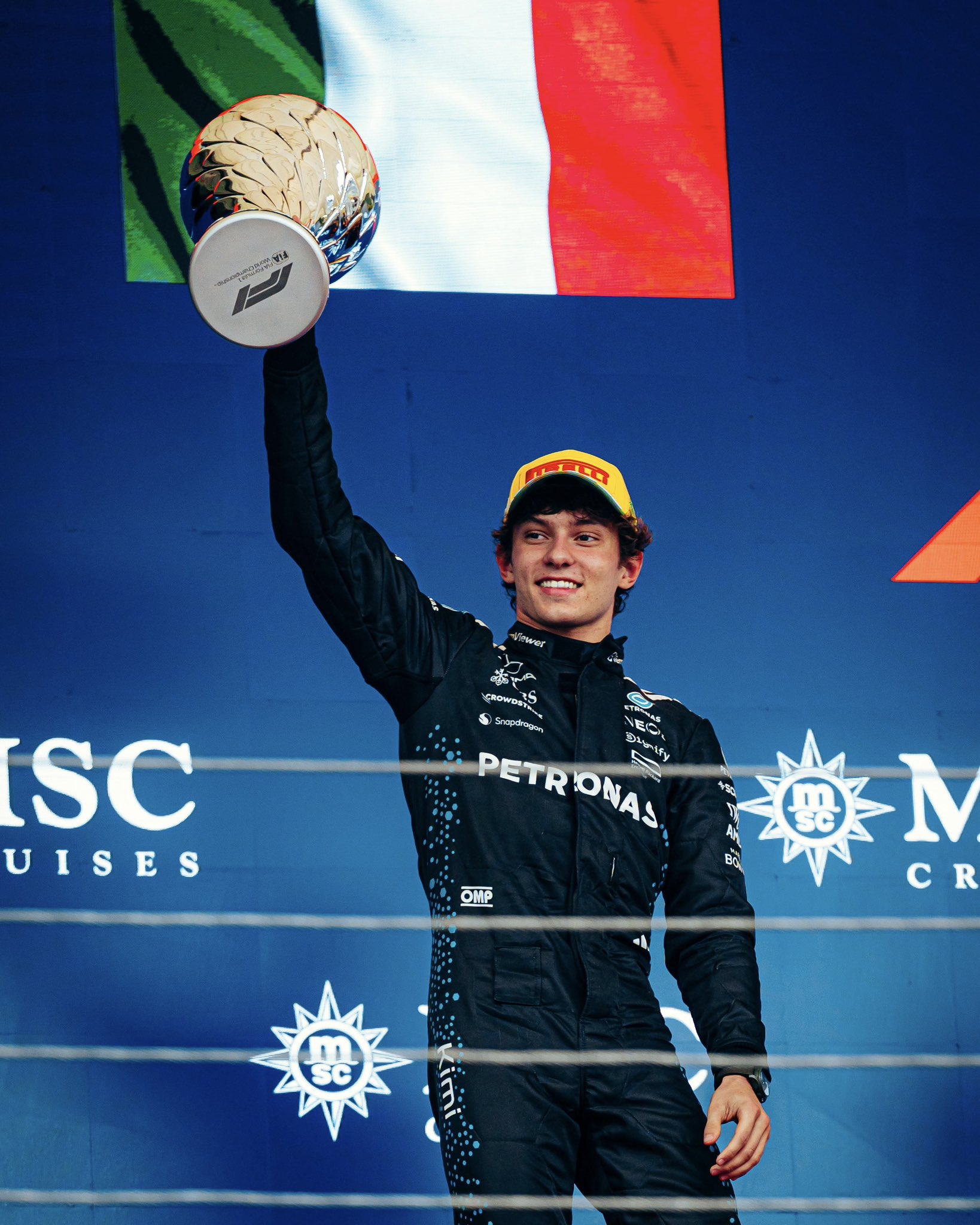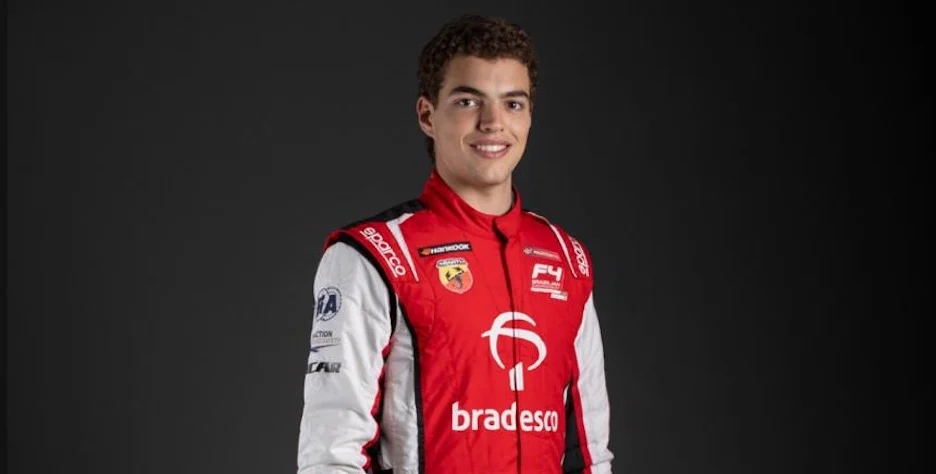
The start of this Formula 1 season has definitely not been what McLaren was hoping for after the winter break. The Woking-based team have so far collected with Lando Norris and Oscar Piastri just 14 points and are currently fifth in the Constructors’ Championship – level with Alpine.
Andrea Stella, Mclaren Team Principal, commented on the situation, going into detail and explaining in technical terms what is not working on track and suggesting how the team analysed the problem in order to work on the issue and resolve it by introducing new updates.
“There’s a trend emerging. This trend is that when the grip is high, our car gains competitiveness,” he said in Miami after a tough weekend.
“We think this trend is related to the fact that the lower the grip, the more you have to spend time off brakes, off throttle. This is a situation in which our car doesn’t work very well.
“[When] temperatures were low – track temperature, ambient temperature – the car was much happier. The drivers could attack.
“If you attack the braking, then you minimise this phase in mid-corner in which you roll out the brakes, out of the throttle. Immediately we gain competitiveness.
“If we look at Baku, for instance, with the new Tarmac this year, the grip was high and in all the sections where you can brake hard, short corners like Turns 1 and 2, we were competitive. Very short time off throttle, off brakes.
“But if you see the castle section where you have to roll, we were not very competitive even in Baku. So, this is a trend,” Stella stated.
He explained what happened in Baku and in Miami, where the team had some serious troubles with the low-grip resurfaced asphalt, that was a variable that influenced massively the final result of both Norris and Piasrti’s races.
“This trend is important that it is understood because somehow it leads the development direction as well,” he continued.
“We knew that with the Baku upgrade [tweaked floor] we added some downforce, but we didn’t change the characteristics of the car.
“So, I’m not too surprised that in these low grip conditions, spending a lot of time out of brakes, out of throttle, we lose relative competitiveness.”
“We see that the car is strong in straight-line braking. We see that the car is strong in high-speed sections.
“The advantage is that you can steer and centre your development… What we are learning in these early races is that we need to put even more focus in this condition: off brakes, off throttle and towards low speed,” he concluded.





